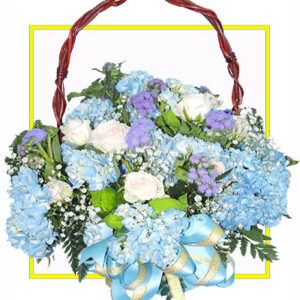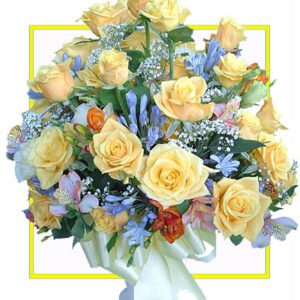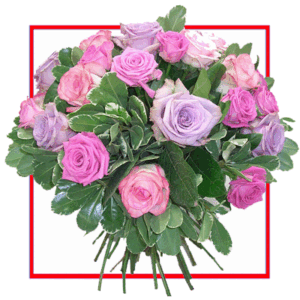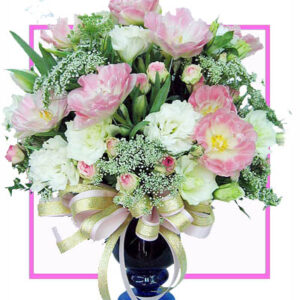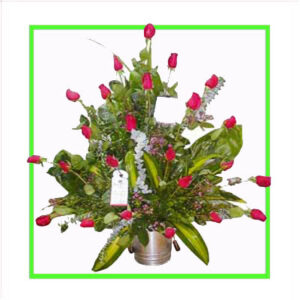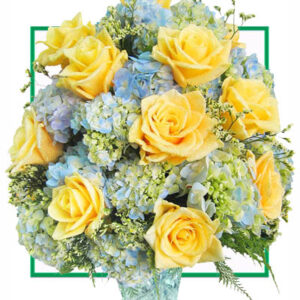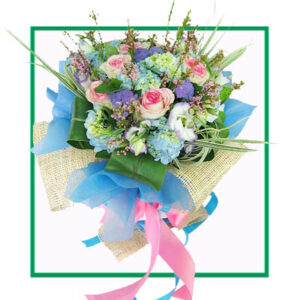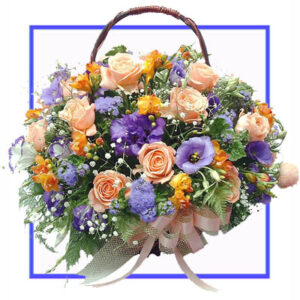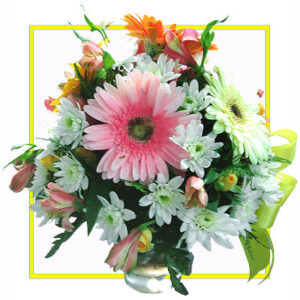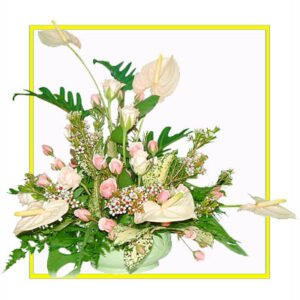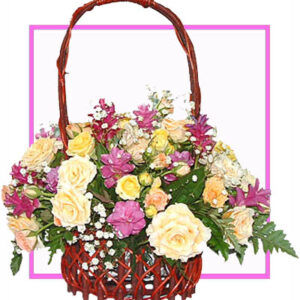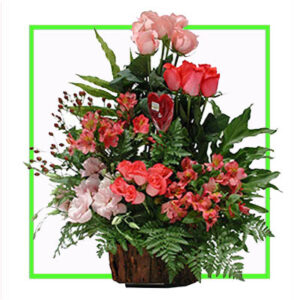Facts about roses
Did you know that roses have been around for about 35 million years? Did you know that there are over 150 species of roses and thousands of varieties? Did you know that roses are symbols of love, beauty, and passion? Did you know that different colors of roses carry different meanings—red for love, yellow for friendship, white for purity, etc?
Did you know that the oldest known rose is over 1,000 years old and is located in hildesheim, germany? Did you know that rose petals are edible and used in various dishes, teas, and desserts? Did you know that rose oil, or rose essential oil, is used in perfumes and skincare products? Did you know that many modern roses are hybrids, bred for specific traits such as color and scent?
Did you know that in greek mythology, roses were associated with aphrodite, the goddess of love? Did you know that the thorns on rose stems are technically called prickles? Did you know that the fruit of the rose plant is called a rose hip and is rich in vitamin c? Did you know that the rose was designated the official flower of the united states in 1986? Did you know that roses are grown on every continent except antarctica?
Did you know that some varieties of roses can bloom multiple times in a season? Did you know that roses prefer well-drained soil and a lot of sunlight? Did you know that regular pruning helps promote healthy growth and abundant blooms? Did you know that some rose bushes can live for several decades with proper care? Did you know that the world’s largest rose bush is in tombstone, arizona, and covers over 8,000 square feet? Did you know that roses belong to the rosaceae family, which also includes apples, strawberries, and cherries?
Did you know that many cities around the world hold rose festivals, celebrating their local rose varieties? Did you know that roses are often propagated through grafting, which involves joining a rootstock to a rose variety? Did you know that roses come in many forms, including bush, climbing, and ground cover varieties? Did you know that not all roses have a strong fragrance; scent varies between varieties?
Did you know that roses have been featured in many literary works, including shakespeare’s plays? Did you know that the romans cultivated roses for their beauty and medicinal properties? Did you know that the modern rose breeding industry began in the 19th century? Did you know that roses can be grown in various climates, from temperate to tropical? Did you know that common pests for roses include aphids, spider mites, and rose slugs?
Did you know that roses are susceptible to diseases like black spot, powdery mildew, and rust? Did you know that roses have been depicted in art for centuries, from ancient pottery to modern paintings? Did you know that hybrid tea, floribunda, and grandiflora are some popular rose classifications? Did you know that the netherlands is one of the largest producers of cut roses in the world? Did you know that rose water has been used in traditional medicine for its anti-inflammatory properties?
Did you know that in heraldry, roses can symbolize various attributes such as nobility or bravery? Did you know that giving roses is a common way to express love and appreciation? Did you know that roses have significant cultural meaning in many societies and traditions? Did you know that hybrid roses often exhibit the best traits of their parent varieties? Did you know that regular watering and mulching can help roses thrive? Did you know that roses are primarily pollinated by bees, but some can also be pollinated by other insects?
Did you know that rose leaves have their own aesthetic appeal and can vary in color and texture? Did you know that over 20 different colors of roses have been cultivated? Did you know that roses are a popular subject in photography due to their beauty and variety? Did you know that in various cultures, roses are used in ceremonies, including weddings and funerals? Did you know that some rose varieties are specifically bred for their ability to grow in colder climates?
Did you know that roses can be preserved through drying or pressing for use in crafts and decorations? Did you know that rose petals are used in middle eastern cuisine, such as in turkish delight and rose water? Did you know that some rose varieties have ornamental foliage that adds to their garden appeal? Did you know that roses benefit from balanced fertilizers to support their growth and flowering? Did you know that roses are typically grown from bare-root plants or potted specimens? Did you know that roses can be propagated from cuttings taken from healthy plants? Did you know that roses are often used in formal garden designs due to their structured growth and colors?
Did you know that rose water is a byproduct of rose oil production and is used in cooking and cosmetics? Did you know that wild roses are native to many parts of the world and often have simpler, smaller flowers compared to cultivated varieties? Did you know that the cultivation of roses dates back to ancient china and persia? Did you know that pruning roses in late winter or early spring helps remove dead or diseased wood?
Did you know that roses generally bloom in the late spring to fall, depending on the variety? Did you know that growing roses from seeds is less common than using cuttings or grafting? Did you know that rose hips have been used in traditional medicine for their high vitamin c content? Did you know that rose perfume is often created using rose absolute, a concentrated extract from rose petals? Did you know that new rose varieties are continually developed to improve disease resistance and flowering?
Did you know that rose hips are the fruit of the rose plant and are used in herbal teas and jams? Did you know that rose cultivation techniques vary widely depending on regional climate and soil conditions? Did you know that famous rose gardens, such as the international rose test garden in portland, oregon, showcase numerous varieties? Did you know that some rose varieties are known for their unique shapes and colors, such as the “blue rose.? Did you know that roses are frequently used in floral arrangements and decorations for events and special occasions?
Did you know that regular deadheading (removing spent blooms) encourages more flowers to form? Did you know that some rose varieties are bred to be more resistant to common pests and diseases? Did you know that roses are believed to have originated in asia, though they are now found worldwide? Did you know that roses can be classified into several types, including climbers, ramblers, and shrub roses? Did you know that the rose is often associated with the concept of beauty and transience in poetry and art?
Did you know that the scent of roses is often used in aromatherapy for its relaxing properties? Did you know that gardening with roses can involve specific techniques like layering and using support structures? Did you know that many well-known rose breeders have made significant contributions to modern rose varieties? Did you know that some roses are bred to have multiple colors in one bloom, creating striking visual effects? Did you know that roses thrive in slightly acidic to neutral soil, typically with a ph of 6.0 to 6.8? Did you know that rose water is used in both culinary and cosmetic applications due to its pleasant fragrance?
Did you know that roses are often used in research and genetic studies due to their complex genome? Did you know that roses were cultivated by ancient civilizations, including the egyptians and greeks? Did you know that modern rose breeding often involves cross-pollinating different varieties to achieve desired traits? Did you know that some roses have adapted to grow in less-than-ideal conditions, including urban environments? Did you know that historical artifacts, such as ancient rose mosaics, highlight the long-standing appreciation of roses?
Did you know that different colors and types of roses have specific meanings in heraldic symbolism? Did you know that in addition to perfumes and skincare, roses are used in a variety of products, including candles and potpourri? Did you know that rose water is produced through steam distillation of rose petals?
Did you know that some roses are known for their large, showy blooms that can reach several inches in diameter? Did you know that roses can be preserved through various methods, including glycerin and silica gel? Did you know that some rose varieties are particularly attractive to bees and butterflies? Did you know that rose colors can range from deep reds to soft pastels?









